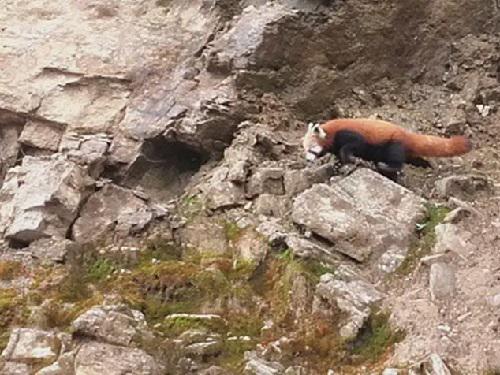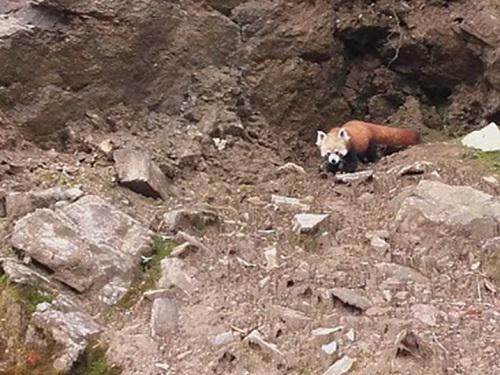Ugyen Tshering
Red Panda (Ailurus fulgens, F.G.Cuvier, 1825) is one of the legally protected mammal species by Forest and Nature Conservation Act 1995 in Bhutan. Apart from species occupancy, no studies were conducted to understand the impact of logging on their occurrence and habitats in many Forest Management Units (FMUs) of Bhutan.
The project aims to study and understand the occurrence of red panda, conditions of their habitat, and potential threats from logging activities to help Selela FMU to focus on early conservation programs and other management interventions.

Red Panda (Ailurus fulgens, F.G.Cuvier, 1825) is categorised as globally endangered mammal by IUCN red list status. Lack of adequate studies on species and their habitat would result displacement of species from the locality. Therefore, this project aims to study on environmental impact of logging activities on red panda in one of the Forest Management Unit.

The project area falls inside the Selela Forest Management Unit under southeast region of the Haa district. It is also home for many endangered mammal species. Over the years, the demand for timber and NWFPs have increased by many fold and exerted great pressure on natural resources in FMU. If the impact of anthropogenic activities are not evaluate and understood at right time, there are very chances of getting species extinct from the locality. The area is located between 89°15' and 89o3’ longitude and 27°10' and 27°17' latitude. It measures 9253 hectares and ranges from 2177 to 4199 meter above the sea level.
The area will be sub-divided into sub-grid of 1.62km2 area using QUIS2.14.3 to collect signs of red panda, habitat conditions and suitability, and immediate conservation threats using GRADSECT method. Field survey will be conducted for all the seasons covering 50% of the randomly selected grids in each survey season.
The project is expected to generate geographic location of red panda in physical space, relative abundance of red panda, understand conditions habitat and potential threats to red panda to facilitate periodic monitoring of the species in future to ensure survival of species in the locality through initiation of conservation measures. To be effective and streamline monitoring and conservation of species, a KML file and shapefile for this critical habitat zone will be developed and made available for the FMU and division, which can be accessed and managed by all the staff of FMU, planner, NRDCL and stakeholders to protect and conserve red panda thereafter.